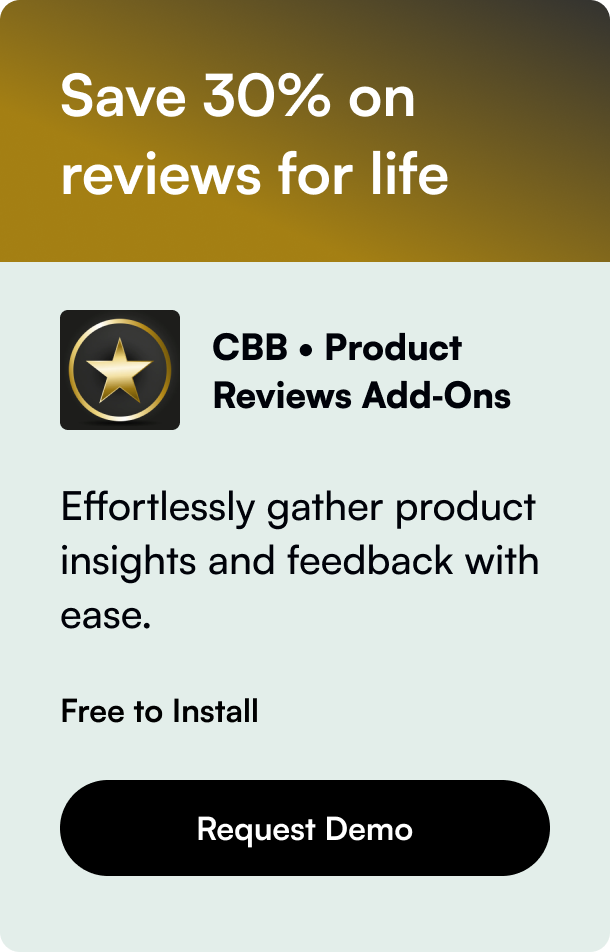Table of Contents
- Introduction
- Why Integrate Shopify with QuickBooks Online?
- How to Connect Shopify to QuickBooks Online
- Managing Advanced Settings and Workflows
- Troubleshooting Common Issues
- Conclusion
In today’s bustling e-commerce landscape, efficiently managing your online store and accounting processes can significantly impact your business’s success. With platforms like Shopify enabling entrepreneurs to easily sell their products online and QuickBooks Online streamlining accounting practices, integrating the two can provide a seamless operational flow. This comprehensive guide explores how to link Shopify to QuickBooks Online, ensuring your e-commerce business runs smoothly, from sales transactions to financial management.
Introduction
Have you ever pondered the complexity of e-commerce business operations, especially the seamless integration of sales data with accounting systems? If so, you're not alone. The ability to efficiently link platforms like Shopify with accounting software such as QuickBooks Online is crucial for business owners seeking streamlined operations. This process not only simplifies financial management but also enhances accuracy and provides real-time insights into your business’s financial health. By the end of this guide, you'll have a clear understanding of how to effortlessly connect Shopify to QuickBooks Online, turning what might seem like a Herculean task into a walk in the park.
Why Integrate Shopify with QuickBooks Online?
Before diving into the integration process, let’s explore the benefits of connecting your Shopify store with QuickBooks Online:
- Automated Financial Records: Automatically sync sales receipts, eliminating manual data entry and reducing the risk of errors.
- Accurate Inventory Management: Keep track of your inventory in real-time, adjusting stock levels as sales occur.
- Simplified Tax Filing: Automatically categorize sales tax collected from Shopify sales, simplifying tax filing processes.
- Real-Time Financial Reporting: Gain insights into your business’s financial performance with up-to-date reports on sales, expenses, and profits.
How to Connect Shopify to QuickBooks Online
Linking Shopify to QuickBooks Online can be done in several steps:
Step 1: Connect
Begin by selecting a connector app like OneSaas or QuickBooks Sync for Shopify, available in the Shopify App Store. These apps facilitate the integration, ensuring data flows smoothly between Shopify and QuickBooks Online.
Step 2: Configure
After installing your connector app, set it up by configuring the integration settings:
- Invoice Creation Workflow: Determine how sales in Shopify generate financial records in QuickBooks Online, including tax mapping and product matching by name or SKU.
- Payment and Fees: Decide how to record Shopify payments and fees in QuickBooks Online, including payment method mapping and expense account allocation.
- Inventory and Products: If managing inventory, configure the product creation workflow to ensure new Shopify products are reflected in QuickBooks Online.
Step 3: Sync
With the configurations set, enable syncing between Shopify and QuickBooks Online. Most connector apps offer automatic syncing, ensuring data is transferred regularly without manual intervention.
Managing Advanced Settings and Workflows
For businesses with more complex needs, additional settings and workflows can be configured:
- Payouts Workflow: For businesses using Shopify Payments, configuring the payouts workflow allows for accurate tracking of payouts, ensuring financial records reflect actual bank deposits.
- Custom Tax Settings: Businesses operating in multiple tax jurisdictions can configure custom tax settings, ensuring sales tax is accurately recorded and reported.
- Manual Syncing Options: While automatic syncing is convenient, manual syncing options provide flexibility for businesses to control when data is transferred.
Troubleshooting Common Issues
Integrating Shopify with QuickBooks Online is generally smooth, but you may encounter issues such as:
- Sync Errors: Occasionally, errors can occur during syncing. Regularly review sync logs in your connector app to identify and fix errors promptly.
- Mismatched Products: Ensure products in Shopify and QuickBooks Online match by name or SKU to prevent syncing issues.
- Duplicate Records: To avoid duplicate financial records, verify that your settings in both Shopify and QuickBooks Online do not inadvertently create duplicates.
Conclusion
Integrating Shopify with QuickBooks Online revolutionizes how e-commerce businesses manage their operations and finances. By following this guide, you can set up a seamless link between your Shopify store and QuickBooks Online, enjoying the benefits of automated financial processing, accurate inventory management, and simplified tax reporting. Embrace this integration to unlock a more efficient, accurate, and insights-driven approach to managing your e-commerce finances.
Frequently Asked Questions
-
What should I do if my products don't match between Shopify and QuickBooks Online?
- Review product names and SKUs in both platforms to ensure they match exactly. If discrepancies are found, update the product details for consistency.
-
Can I back-sync historical Shopify data into QuickBooks Online?
- Yes, most connector apps allow you to back-sync historical data, though the available timeframe can vary. Check the settings of your chosen app for specifics.
-
How often does the data sync between Shopify and QuickBooks Online?
- Sync frequency can vary based on the connector app used and your chosen settings. Many apps offer real-time syncing, while others may sync data at set intervals, such as hourly or daily.
-
What if I encounter duplicate records after syncing?
- If duplicates appear, review your sync settings in both Shopify and your connector app. You may need to adjust settings to prevent future duplicates and manually correct any errors already in QuickBooks Online.
-
Can I customize the financial reports generated by QuickBooks Online post-sync?
- Yes, QuickBooks Online offers robust reporting features that allow you to customize financial reports based on the synced Shopify data, enabling you to gain tailored insights into your business’s financial performance.
Seamless content creation—Powered by our content engine.








